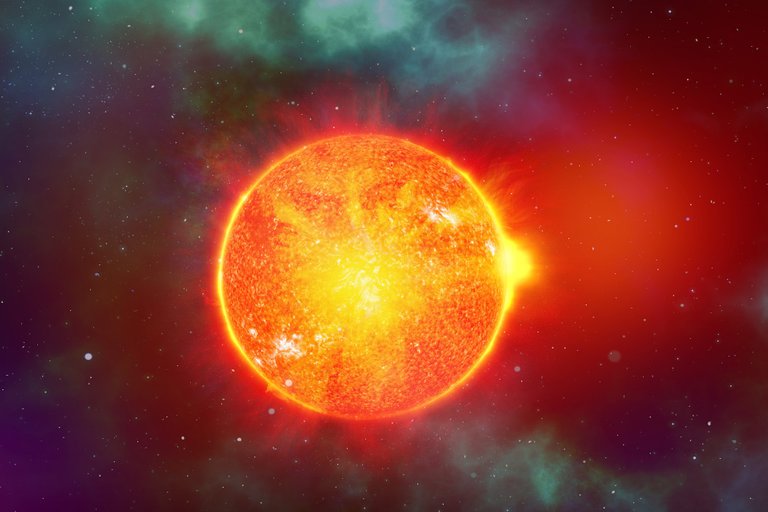Nanoflares On The Sun
Scientists believe that the Sun experiences so-called nanoflares. They should incredibly hard to detect. But now researchers may have detected them for the first time ever.

Image by Gerd Altmann from Pixabay
- Be also sure to check out my other posts and follow me @kralizec and subscribe to my Youtube channel at Kralizec Gaming Youtube Channel
While it may not seem like it, but the Sun is always active. And we haven’t fully understood all the processes yet. For some time now, scientists think that apart from regular solar flares that you probably heard of the Sun also produces so-called nanoflares.
Nanoflares should be really tiny. About a billion times smaller than standard flares. Several decades ago they were predicted by Eugene Parker – an American astrophysicist – after who the Parker Solar Probe has been named. And he thinks that nanoflares are the solution to one of the biggest Solar mysteries.
The thing is that the Solar corona – a giant cloud of plasma surrounding the Sun – is insanely hot. Much hotter than the surface of the Sun itself. Its temperature can reach up to 6 million degrees Kelvin. And the mystery why this is the case has been a mystery for a long time. And nanoflares could be a possible solution.
Extremely Difficult Research
As the research lead Shah Bahauddin from the University of Colorado, Boulder says, nanoflares are extremely hard to observe. Our observatories and devices have just recently reached the level of at least theoretically being capable of observing them. But we do at least know how they should look like.
A nanoflare should have two key properties. First, it should be created during a sudden magnetic reconnection just as is the key for standard flares. At the same time, the released energy should heat up the corona that is thousands of kilometers above the nanoflare itself while other phenomena on the Sun heat up only their immediate surroundings.
Bahauddin and his colleagues tracked down ten possible candidates when a bright yet very small loop of plasma was detected on the Sun. These loops of plasma had a diameter of just 100 kilometers – very small for the Sun. At the same time, a very hot area in the corona appeared.
The scientists remain cautious to claim they detected nanoflares but they are studying what they detected and soon we should know what exactly they detected.
Sources:
- If you like the content I’m producing about science maybe you will like the content I produce about gaming as well! Be sure to check out my other posts!